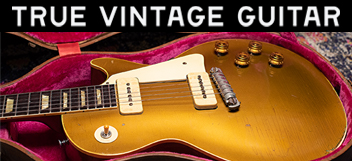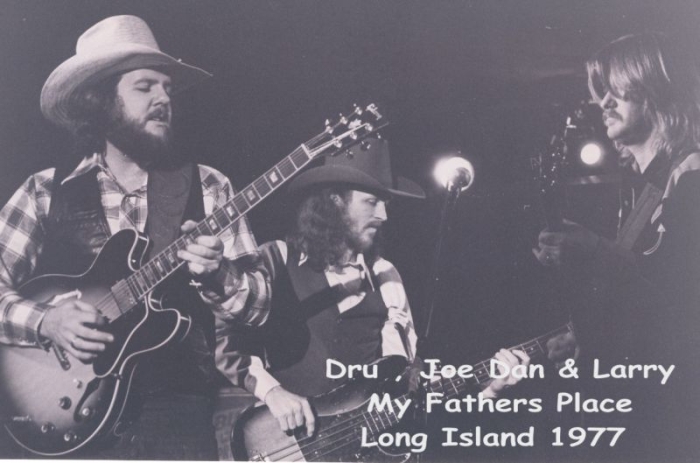vintage58
Well-known member
- Joined
- Apr 13, 2003
- Messages
- 3,958
Although there have already been numerous discussions on the Les Paul Forum about Les Pauls from 1968, 1969, and 1970—specifically, on how to differentiate one year's set (or mixture) of specifications from another—there doesn't seem to have ever been a definitive 'counterpart' thread about ES-335's from those years. Given that Gibson serial numbers between 1966 and 1969 are a bit, uh, "murky" (to say the least), I thought perhaps there should be such a thread.
Along those lines, below is a random list of late-1960s ES-335 specifications, and related observations and/or questions. Please feel to amend or disagree with any of this, since I'm mainly trying to clarify my own understanding of these specs. As always, any input would be greatly appreciated:
Gibson logo on headstock
- dot appears over "i" (through 1968?)
- dot over "i" disappears (1969)
- dot over "i" reappears (1970 and on)
- "b" and "o" are open (through 1969)
- "b" and "o" are closed (1970 and on)
crown inlay on headstock
There seem to be two versions of this inlay. One is "chunkier" (left) and the other is narrower (right):
 ....................
....................

Along those lines, below is a random list of late-1960s ES-335 specifications, and related observations and/or questions. Please feel to amend or disagree with any of this, since I'm mainly trying to clarify my own understanding of these specs. As always, any input would be greatly appreciated:
Gibson logo on headstock
- dot appears over "i" (through 1968?)
- dot over "i" disappears (1969)
- dot over "i" reappears (1970 and on)
- "b" and "o" are open (through 1969)
- "b" and "o" are closed (1970 and on)
crown inlay on headstock
There seem to be two versions of this inlay. One is "chunkier" (left) and the other is narrower (right):


The chunkier version seems to have been used through and including 1969. The narrower version seems to first appear in 1969, and then continues through 1970 (and on, presumably?).
The placement of the crown inlay also seems to vary quite a bit (even within each individual year), but in general seems to get lower with each subsequent year, until it "settles" approximately half an inch from the upper end of the truss rod cover in 1970, as the below images illustrate; note the change in the four 1969 images, from the first version of the inlay to the subsequent version:

The placement of the crown inlay also seems to vary quite a bit (even within each individual year), but in general seems to get lower with each subsequent year, until it "settles" approximately half an inch from the upper end of the truss rod cover in 1970, as the below images illustrate; note the change in the four 1969 images, from the first version of the inlay to the subsequent version:

Label inside bass-side f-hole
Norlin-era rectangular label first appears in 1970; however, earlier-style oval orange label is apparently still seen even after 1970.
Volute
Begins in 1970?
"Made in U.S.A." stamp beneath serial number on back of headstock
Begins in 1970?
Three-piece neck
Begins in 1969? (I've seen at least one 1969 ES-335 that had a three-piece neck with no volute and no "Made in U.S.A." stamp.)
"Witch hat" knobs
In what year do these first replace reflector knobs?
.
.
.
.
Norlin-era rectangular label first appears in 1970; however, earlier-style oval orange label is apparently still seen even after 1970.
Volute
Begins in 1970?
"Made in U.S.A." stamp beneath serial number on back of headstock
Begins in 1970?
Three-piece neck
Begins in 1969? (I've seen at least one 1969 ES-335 that had a three-piece neck with no volute and no "Made in U.S.A." stamp.)
"Witch hat" knobs
In what year do these first replace reflector knobs?
.
.
.
.
Last edited:













